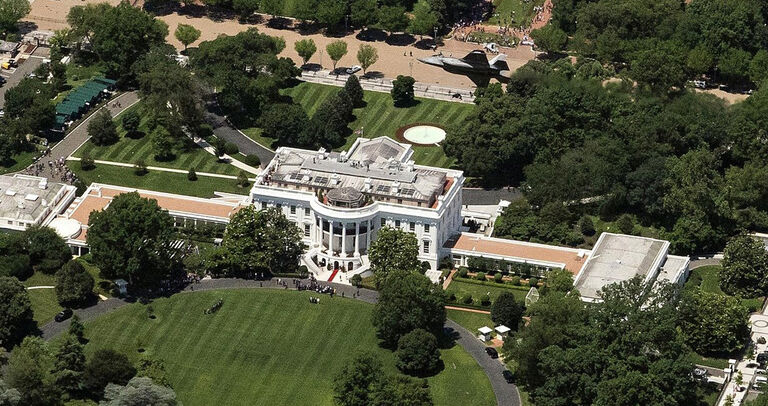After Pearl Harbor, Roosevelt Installed One Covert Feature In The White House
It is a clear winter morning on Oahu Island, Hawaii. Visibility is good. Suddenly a formation of Japanese bombers roars into view – and they start raining hellfire. The surprise attack on the U.S. naval base of Pearl Harbor on December 7, 1941, changed everything. Not only did it hasten America’s entry into the war, but it also exposed serious flaws in the nation’s security. As such, President Franklin D. Roosevelt ordered work to commence on a host of clever renovations to the White House.
A Massive Structure
Of course, it stands to reason that a structure as vast as the White House has its share of quirks and hidden features. Among its labyrinth of corridors and enclaves, there are in fact 132 rooms in the presidential residence, which are serviced by no fewer than 35 bathrooms and 412 doors. A constant hive of activity, the behemoth structure is spread over six floors and requires a small army of staff for its round-the-clock operations.
Seat Of Power
For the White House is far more than a mere residence. It is a seat of executive power. As such, it plays a central role in fomenting and communicating domestic policy. It is involved in international diplomacy, too, providing hospitality to visiting envoys and dignitaries. However, the infrastructure that FDR installed in the White House had a far more opaque and secretive purpose. What’s more, it continues to play a vital operational role today.
American Symbol
The White House stands at 1600 Pennsylvania Avenue N.W., the oldest federal structure in Washington D.C. Initially known as the “President’s Palace”, it was renamed as the “Executive Mansion” to disassociate the office from notions of royal privilege. In 1902 Teddy Roosevelt officially renamed it the “White House” – a popular reference to the grayish white sandstone with which it was built.
A Special Site
The site for the White House was chosen by George Washington in 1791, with its first cornerstone actually being laid on October 13, 1792. The building was then constructed over several years. Drafted by Irish architect James Hoban, the original blueprint for the White House envisioned a three-floor, sandstone structure with 100 rooms.

